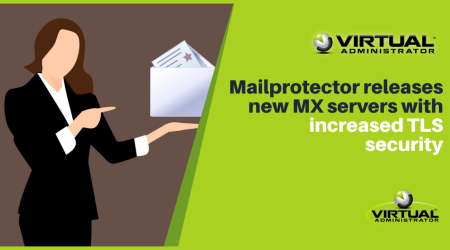By: Jim Bulger
1. Creating a profile
There are two ways to create a new profile. You can create “New” profiles from scratch or you can “Copy” from an existing profile and edit as needed. Note: The “Sample Server Profile” and “Sample Workstation Profile” shown below, are templates and cannot be edited by anyone, but can be used with “Copy”.

a) Create “New” profile
Click on the “New” button at top of screen. You are given the option to create a “Kaspersky 2010” or “Kaspersky 6” profile. Kaspersky 6 is the latest version – KAV 1.4. While you can manage profiles on either version but it is highly recommended that you upgrade all of your end points to KAV 1.4 – see our previous blog article “Keeping Kaseya Anti-Virus (KAV) up-to-date”.

Make any needed changes and press “Save“.

b) “Copy” from existing profile
Highlight existing profile

Select “Copy”

The new profile with show up with “Copy of …” at the beginning of the name.

- Editing a profile
Highlight the profile name and use the tabs on the right or choose “Open” on the top ribbon to open a new window. The “Save” button will turn dark blue when changes have been made. You must click “Save” for the changes to be applied.

Once changes are saved they will be pushed out to all end points with that profile assigned to it. A warning will pop up to confirm the action.

There are dozens of settings that can be set for each profile, to get a complete description of what each one does, use the Kaseya Help file.

- Assigning a profile
Use the “Column Sets” drop down and select “Status”.

The profile currently assigned will be displayed in the “Profile” column. Highlight the endpoint(s) and click “Assign” at the top. Available profiles will be listed in the “Profile Selection” drop down. (Note: You can select multiple machines by using “Ctrl” + left click or “Shift” + left click to select machines in succession.)

Troubleshooting failed profile assignments
A newly assigned profile configuration will be deployed within 90 seconds and should show up in the “Profile” column within a few minutes. If you cannot assign a different profile to an endpoint look for pending or stuck agent procedures that may be delaying the profile assignment. Go to Agent Procedures> Manage Procedures> Agent Procedure Status. If there are no pending procedures try forcing an agent update – “Agent> Upgrade Version> Update Agent” then check the box “Force update even if agent is at version 6.2.0.0 – 1.2.0.22” and run it. Try to assign the new profile again. If the new profile will still not assign properly run a KAV Verify – Install> Verify Install. If the verify is successful try reapplying the profile again. If the verify returns an error a reinstall may be necessary. If the above recommendations do not help, please open a support ticket by emailing help (at) virtualadministrator.com
Note: The exceptions list in the profile is not the full list
The only exception listed by default in the profiles is C:\kworking. However a global exception list is automatically pushed out by the KServer to all end points. To view these additional exceptions you can open the local Kaspersky UI and go to “Settings> Protection> Trusted zone”. The global exception list includes all exceptions needed for the Kaseya agent to function. For example “LiveConnect.exe” is on the global list and does not need to be added to your custom profiles.








